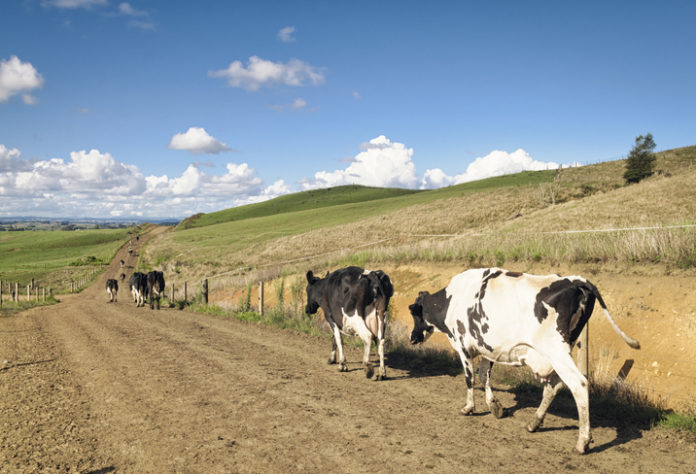Waikato waterways are experiencing lower flows than normal for this time of year due to significantly high temperatures and a lack of rain, Waikato Regional Council said today.
The Council has called on water take consent holders to carefully check they are complying with low flow restrictions.
Council Water Allocation Team Leader, Donna Jones, urged farmers to contact the council to discuss the options if a reduced availability of water for stock supply became an urgent issue.
“A resource consent is required before any new bore is drilled or existing bore deepened,” Ms Jones said.
“But farmers should call us on 0800 800 402 in the first instance if urgent consent to drill is required.”
She said separate resource consent may also be required to take water depending on the proposed take location and volume required.
For waterways in parts of the region already starting to experience low flow conditions, Ms Jones reminded surface water take consent holders they had a responsibility to ensure compliance with their consent conditions.
“As the weather heats up and stream flows drop, there may be a requirement for consent holders to reduce or cease their take. The specific action required will depend on the low flow restriction conditions in the consent.”
Ms Jones said low flow conditions of a consent will refer to an appropriate river flow monitoring station and low flow value. Current river levels should be checked against the consent. Regular water use records are also required, she said.
Farmers wanting to receive automated Hydrotel text alerts for Waikato Regional Council flow sites can email their mobile number and consent number to consent_data@waikatoregion.govt.nz.
Senior Water Scientist, Bevan Jenkins said soil moisture levels were drier than the same date last year and much drier than the historical average.
“There are signs of climate change related water stress in a number of areas and this is being expressed as reduced water availability, which is placing increasing pressure on water users,” Mr Jenkins said.
“There has been a year-on-year increase in groundwater bore drilling permits since 2016/17 and preliminary analysis shows increased total volumes of surface and groundwater take applications since 2008.”
Mr Jenkins said streams in the South Waikato that were strongly groundwater fed were close to or at record low flows for this time of year due to the lower rate of precipitation recharging groundwater over recent years.
Groundwater resources in the Coromandel Peninsula are generally localised systems which experience different conditions and pressures, he said. At the end of 2021, groundwater level measurements indicated a range of conditions – bores with close to record high levels, record low levels and average condition had all been recorded.
“Of course, the timing and intensity of rainfall events and antecedent soil moisture conditions will all play a role in how much precipitation recharges aquifers,” Mr Jenkins said.
Regional Resilience Team Leader, Rick Liefting said there was no significant rain forecast over at least the next week.
“Tropical Cyclone Cody is heading down early next week, but there is still significant uncertainty on what if any rain might fall. Any significant rain from the weather system is likely to be short lived and run off quickly with limited infiltration.”
“NIWA’s seasonal climate outlook predicts normal to below normal rainfall out to March, so any significant rain will likely be in the form of an intense weather system, rather than sustained periods of rain,” he said.



